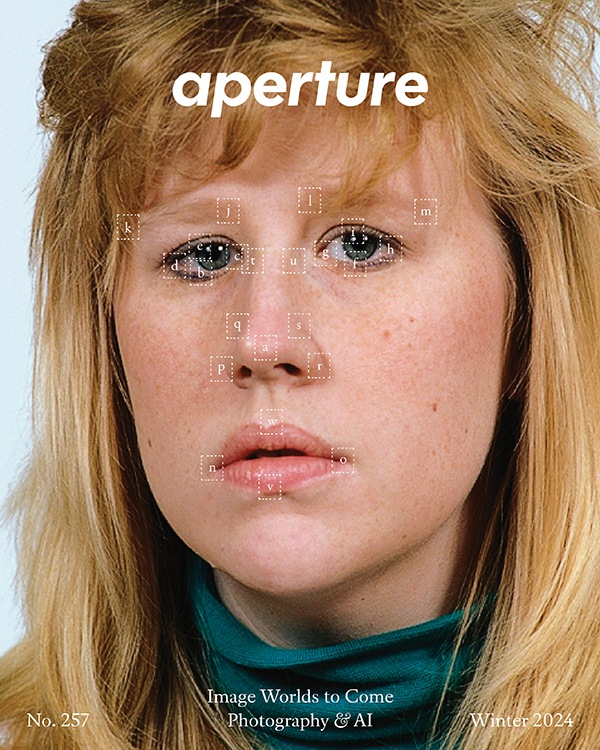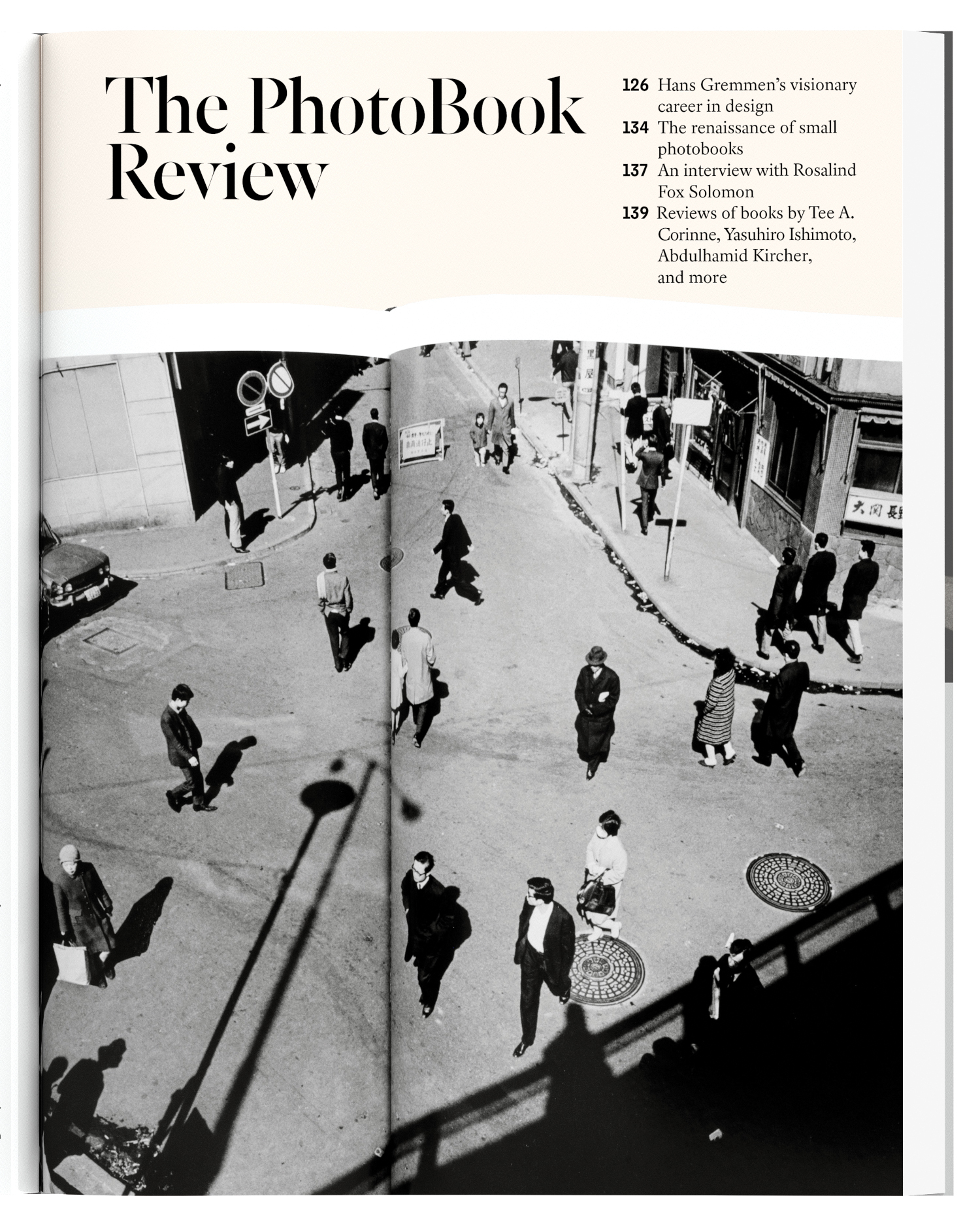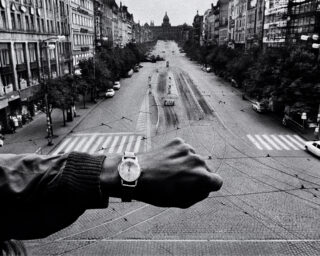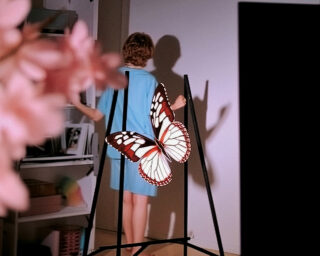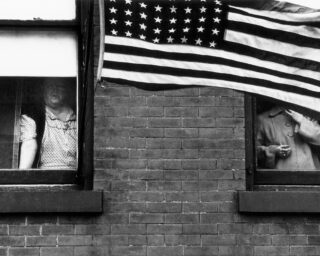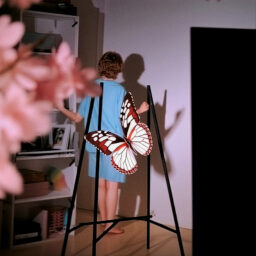Revolutionary Roads
By Sean O’Toole
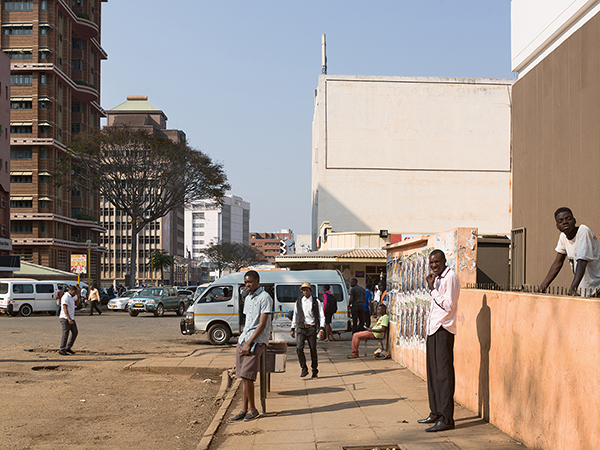
Guy Tillim, Leopold Takawira Street, Harare, Zimbabwe, 2016, from Museum of the Revolution (MACK, 2019)
Courtesy the artist and MACK
Guy Tillim’s new book of color photographs, Museum of the Revolution (MACK and Foundation Henri Cartier-Bresson, 2019), gathers his ambulatory work made on walking excursions along major avenues in several African cities between 2014 and 2018. Extending on the drift initiated in his book Avenue Patrice Lumumba (Prestel, 2008) and enabled by his receipt of the 2017 HCB Award, his new photobook contains numerous diptychs or triptychs—as if one frame is insufficient to contain the quotidian abundance of postindependence life in such major African cities as Addis Ababa, Harare, Johannesburg, Libreville, Luanda, and Nairobi.
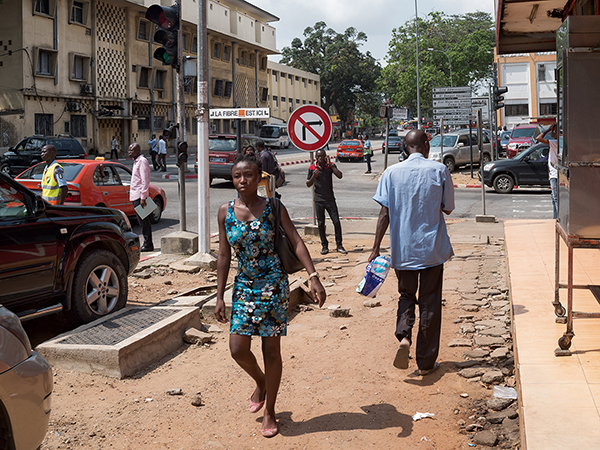
Guy Tillim, Abidjan, Ivory Coast, 2016, from Museum of the Revolution (MACK, 2019)
Courtesy the artist and MACK
The book opens with a fractional view of a military parade in Maputo, martial pageantry being a feature of Tillim’s work since the 1980s. It is followed a few pages in by a four-part study taken in 2017 at a busy intersection in the Mozambican capital. It has just rained in this photo; Avenida 24 Julho, a major artery named for the day (July 24, 1975) Mozambique’s month-old socialist government nationalized education, health, and legal services, is waterlogged. In one frame a woman wearing a floral skirt and pink heels purses her lips as she waits to cross the uneven tarmac; in another a pudgy man with a lanyard tucked into his shirt pocket is caught midstride, ignoring the red light. In postsocialist Mozambique, some people jaywalk.
Strikingly, none of the Maputians appearing in Avenida 24 de Julho, Maputo (2017) seems remotely aware of or even interested in the white South African photographer looking at them. The same is true of Tillim’s photographs taken on Haile Selassie Avenue in Nairobi, or Boulevard du Général de Gaulle in Dakar, where he witnessed a military procession. None of Tillim’s photos exhibit that reciprocal involvement and recognition—or even conflict—that defines Garry Winogrand’s in-your-face street photography. Paul Graham’s indifferent pedestrians come to mind, although Tillim’s invisibility and irrelevance to his photographic subjects is piquant in liberated Africa.
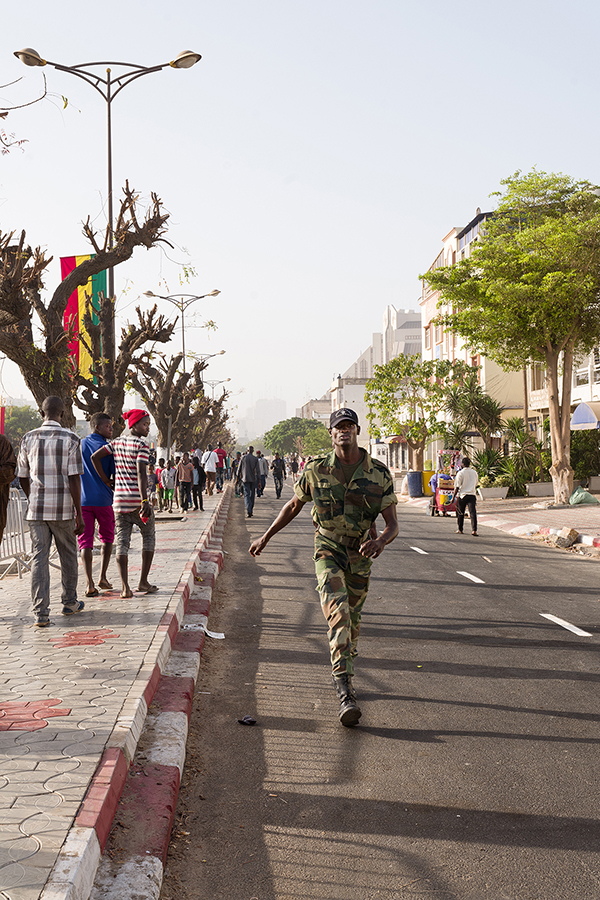
Guy Tillim, Boulevard du Général de Gaulle, Dakar, Senegal, 2017, from Museum of the Revolution (MACK, 2019)
Courtesy the artist and MACK
Tillim was in his early teens when, in June 1975, Mozambique gained its independence from Portugal following a decade of strife and armed conflict. In 1986, working as a photojournalist, he visited Maputo to document the funeral of Samora Machel, the rebel fighter who became Mozambique’s first president. Machel had just died in a mysterious plane crash in neighboring South Africa. His death was deeply felt. Among the photographs Tillim took during his press trip, one somehow foreshadows his preoccupations in Museum of the Revolution. It portrays a group of female mourners, many wearing headscarves, queuing to view Machel’s body as he lay in state in Maputo’s colonial-era city hall.
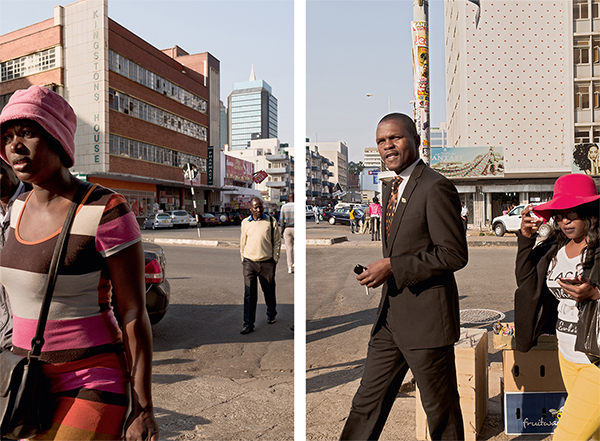
Guy Tillim, Harare, Zimbabwe, 2016, from Museum of the Revolution (MACK, 2019)
Courtesy the artist and MACK
This early photo anticipates Tillim’s current interest in cityscapes and the human bodies that activate them. But this photo is important for another reason. The endpapers of Museum of the Revolution reproduce a large painting housed in a four-floor museum along Avenida 24 Julho. Produced by North Korean artists for the 1978 launch of the Museu da Revolução (or Museum of the Revolution, from which Tillim’s book derives its title), the painting describes a jubilant crowd of black Mozambicans greeting a parade of soldiers in neat olive fatigues led by Machel.
Writing about this painting in 1983, New York Times journalist Joseph Lelyveld—a friend and supporter of photographers Ernest Cole and David Goldblatt—revealed that Machel had been “unhappy” with the painting, in particular the artist’s rendering of eyes, which “looked more Korean than African” and required “considerable retouching at the President’s behest.” Pyongyang remains a prominent sculptor of memory in postcolonial Africa, its artisans famously contributing to the production of architect Pierre Goudiaby’s puzzling African Renaissance Monument in Dakar.
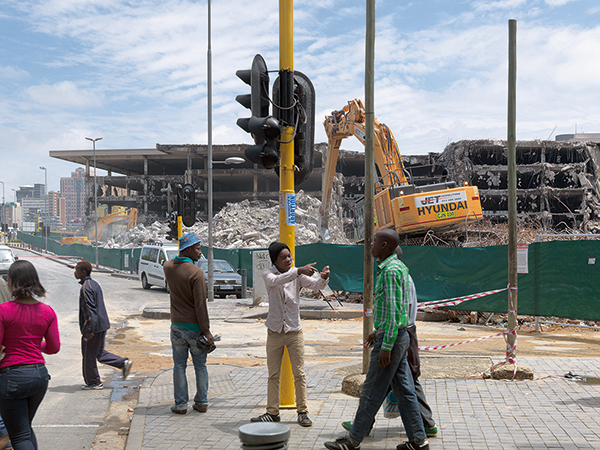
Guy Tillim, Simmonds Street, Johannesburg, South Africa, 2014, from Museum of the Revolution (MACK, 2019)
Courtesy the artist and MACK
In some places, notably Luanda, where Tillim wandered around Avenida 4 de Fevereiro in 2016, the African metropolis now more resembles China than Europe. But the pervasive influence of forces beyond the continent is not the focus of Tillim’s roaming, detail-interested study of time and progress in urban Africa. If there is a defining image, it is a diptych from his forsaken birth city, Johannesburg. Taken in 2013, it records a car park slowly being demolished. Passersby don’t even look at the spectacle. Of course, Johannesburg is not alone in feeling the bite of diesel-driven excavators; cities everywhere are continuously atrophying and being remade. Tillim’s book records this infrastructural life force, both with marked dispassion and an affecting curiosity.
Sean O’Toole is a writer and editor based in Cape Town. He has contributed essays to photobooks by, among others, Adam Broomberg and Oliver Chanarin, Margaret Courtney-Clarke, David Goldblatt, Jackie Nickerson, and Mikhael Subotzky. He has published one book of fiction, The Marquis of Mooikloof and Other Stories (Double Storey, 2006).
Read more from The PhotoBook Review Issue 016 or subscribe to Aperture and never miss an issue.
